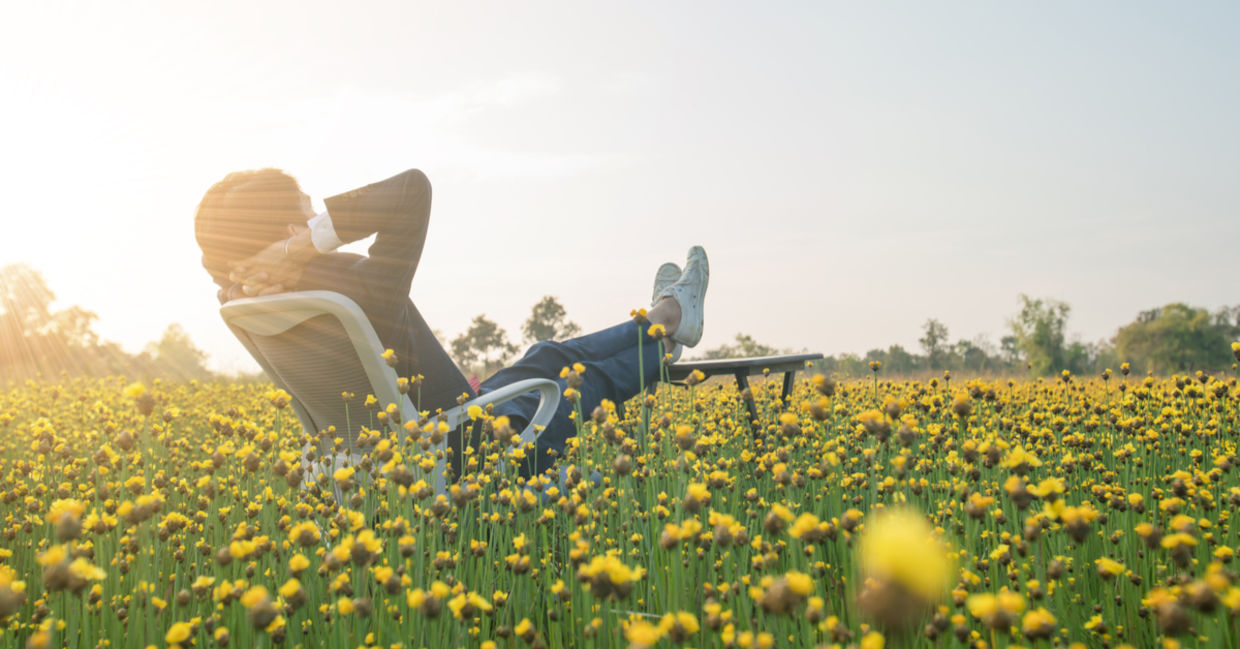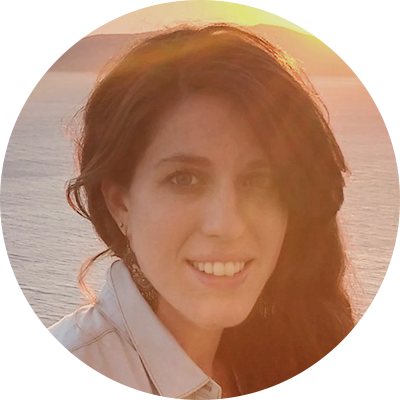
(ittipon / Shutterstock.com)
The impact of the pandemic made us rethink how we relate, work, and circulate. In this context, a new type of architecture is attempting to creatively respond to the need for workspaces that are more open, enjoyable, and connected to nature, Fast Company reveals.
The need for open spaces
Research from the University of Exeter Medical School in the UK has already proved that a dose of nature a week has mental and physical benefits for human beings. But the cultural shifts the pandemic brought, made it more necessary than ever to create a different type of workspace; one in which the outdoors gains more prominence. That is exactly what NBBJ envisioned when designing the new headquarters for Hana Bank, now located 30 miles outside of Seoul, South Korea.
View this post on Instagram
The breathtaking design focuses on promoting wellbeing and community, architecture web magazine Designboom explains. The belief behind the monumental building is that going to work should not be emotionally and physically draining. Conversely, the workplace has to be a restorative place where nature merges with the structure to create flexible and inspiring offices that promote emotional and mental health.
A park-like environment
The Hana Bank headquarters present looping public pathways that go from the bottom to the top of the building with plenty of fresh air and green spaces. The plazas and terraces along the zig-zag path encourage people to pause and slow down the pace, creating new connections among pedestrians along the journey. Therefore, the new space brings a new sense of community, Designboom points out.
View this post on Instagram
The 16-story tower not only presents a mesmerizing landscape from the distance, it also proposes new ways of interaction. “In order to attract that top talent, they really had to do a deeper rethink of not just the exterior design of the building, but how people are working in it,” Robert Mankin, a partner at NBBJ told Fast Company concerning the Korean company. “It’s also a workplace that is designed around health, and where there’s an opportunity for people to be healthier when they leave the workplace than when they arrive.”
A meaningful connection with nature
The intention of the designers was to create architecture connected with nature in a one-of-a-kind and meaningful way. “We thought a lot about how do you program this place to be unique but also different each time you visit,” Mankin told Fast Company.
In connection with the above, another study has shown that awe walks, strolls in which people slow down and take in the beautiful world around them, can offer great emotional benefits, bringing positive emotions and decreasing daily distress over time.
View this post on Instagram
The new architecture applied to the workspace also has a very pragmatic goal after the pandemic. It seeks to prove that modern office buildings can offer something that the working from home modality can’t: the restoration of social ties and a healthy connection with nature.
YOU MIGHT ALSO LIKE:
The World’s Largest Floating Office is Now Open!
This Country Knows That a Walk in the Park Has the Power to Heal
This High School is Making Room for Tomorrow’s Learning Trends







